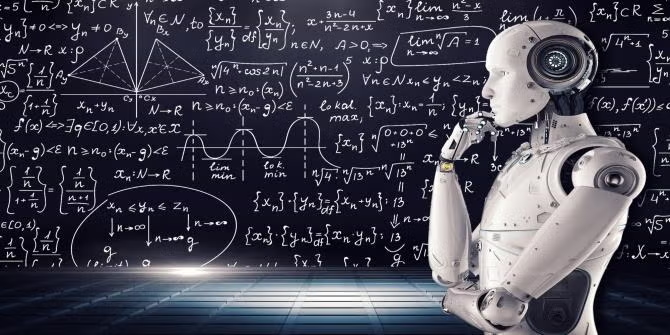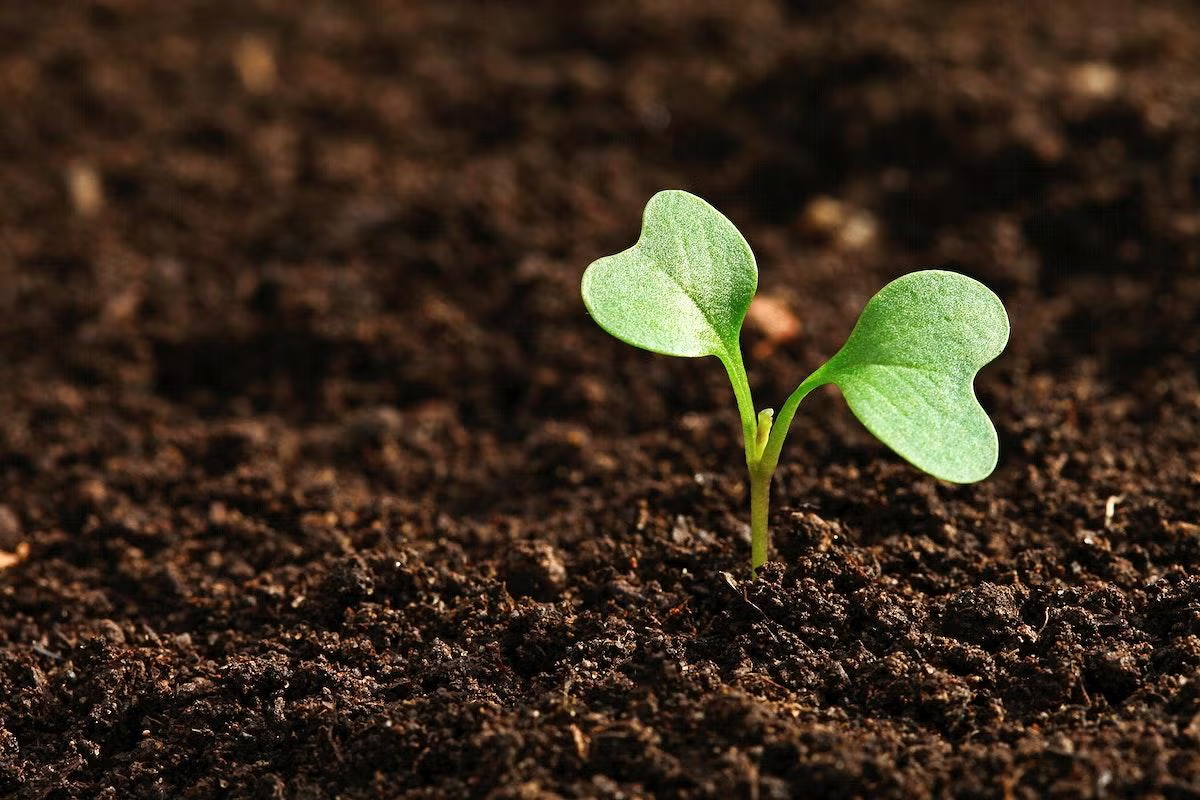Grades:
5th Grade
In this lesson students will explore engineering skills in the construction of hot air balloons. They will test their creations to see if they will fly/float and make adjustments if needed.
Grades:
5th Grade, 6th Grade, 7th Grade, 8th Grade
Students learn how to identify the 3 axes an aircraft uses while in flight in this lesson. They learn key vocabulary and construct a model airplane to develop further understanding of flight!
Grades:
7th Grade
This is Task 2 (Lesson 2) of four tasks (lessons) of an overall project of “Escaping 7th Grade Science Room.” Students will be constructing Pangea with their group after reviewing the concepts.
Featured
Salt Lamps and Plants
Grades:
7th Grade, 8th Grade
Students in this lesson will set up an investigation to see if a salt lamp affects plant growth. They will use what they know about photosynthesis and cellular respiration to make sure the plants have
Grades:
3rd Grade
Summary: This lesson is geared towards 3rd graders but can be modified for upper and lower grades. Throughout the next 4 lessons they will describe the role of pollinators and explain their effects
Grades:
8th Grade
This lesson plan is about the making and testing a solar car. This will take a minimum of two weeks. Solar panels and a motor will be provided. Students can use any safe material of their choice to
Grades:
7th Grade
Students will learn the parts of the microscope, how to calculate the magnification, how to focus the microscope, as well as draw what they see in the field of view. Students will also write their
Grades:
9th Grade, 10th Grade, 11th Grade, 12th Grade
This lesson uses a Modeling Instruction approach to developing the graphical and mathematical relationships for Circular Motion for students in Grades 9-12. Students design an experiment, collect data
Grades:
5th Grade, 6th Grade, 7th Grade, 8th Grade
In this creative lesson, students explore states of matter as they fuse glass. During this process, students are actively engaged as they design an art piece, work on measurements, and collaborate
Grades:
4th Grade, 5th Grade
In this hands-on lesson, students design a safety device (car/seatbelt) that can keep an egg (passenger) safe during a collision. The goal is to protect the egg from cracking during a roll down a ramp
Grades:
5th Grade
In this lesson there is an emphasis on explaining how magnets have a force that can move other objects at a distance. Students will first watch a video in which they will be amazed by some magnetic
Grades:
8th Grade, 9th Grade, 10th Grade
In this lesson, students will be introduced to the concept of osmosis, then investigate how solutions of various salt concentrations influence the size of plant cells.
Grades:
5th Grade
Students gain a deeper understanding of the concepts of balanced and unbalanced forces in this lesson. They will be able to identify the effects that balanced and unbalanced forces have on the motion
Grades:
5th Grade
This lesson has an emphasis on explaining what is force. It also has an emphasis on explaining how you can see and measure force. For this lesson you need several empty plastic bottles, rubber bands
Grades:
7th Grade
In this interactive lesson, students will create a Duplo Lego Vehicle and test how forces affect motion. Students will be placed in groups of 3-4 and be given a force to test. They will decide which
Grades:
6th Grade, 7th Grade, 8th Grade
Students will design and create a working, themed pinball machine that follows specified constraints and utilizes Makerspace materials. As students design they will be studying social studies, math
Grades:
5th Grade
Students will use multiple modes of learning to learn about how force is affected by mass changes. The book Newton and Me will be read aloud and used for a discussion. Finally students will construct
Grades:
2nd Grade
This lesson is to introduce students to coding using EdScratch and Edison Robots. Students use LEGOs to build a house for grandma and figure out a way to keep her safe.
Grades:
4th Grade, 5th Grade, 6th Grade, 7th Grade, 8th Grade
This is the first lesson in a series of 4. Students gain an understanding of the forces that are acting upon a drone when it is flying. They will learn about how thrust, weight, lift and drag work
Grades:
1st Grade
In this hands-on lesson, students use the engineering design process to create a balloon powered car that travels at least 5 feet. This is a fun and engaging way for students to experience science in
Grades:
5th Grade
In this lesson, students will create a model of the solar system by shrinking the dimensions of the distances. Students will read an informational text about the features of the planets and view a
Grades:
Kindergarten
In this engaging lesson, students will participate in an engineering challenge or STEM activity that connects to a read aloud. Students will communicate solutions that will reduce the impact of humans
Grades:
6th Grade, 7th Grade, 8th Grade
In this engaging lesson, students will examine the surface of the Moon to consider hazardous conditions that NASA may find there. Then, they will investigate several hazards (dust, boulders, and
Grades:
9th Grade, 10th Grade
In this hands-on lesson, students work with a partner to construct a functioning, usable sprinkler. Students use basic principles of engineering to create this prototype and test it out for adequate
Featured Lesson Plans
Check out these notable lesson plans.

Featured
Saltwater vs. Freshwater
Grades:
5th Grade
In this lesson students will show the proportion of freshwater compared to saltwater on Earth. Students will define the problem of having a limited amount of fresh water using evidence gathered from

Grades:
7th Grade
In this outstanding lesson, teachers facilitate students to design and build Meet Edison Robots for Cougar Clash “BattleBot” robot battle classroom tournament. (We named ours Cougar Clash as your

Grades:
2nd Grade
This is the final lesson for the How do sunflowers grow? unit. In this lesson, students will plant their sunflowers outside. They will continue to monitor the growth of their sunflowers. They will


